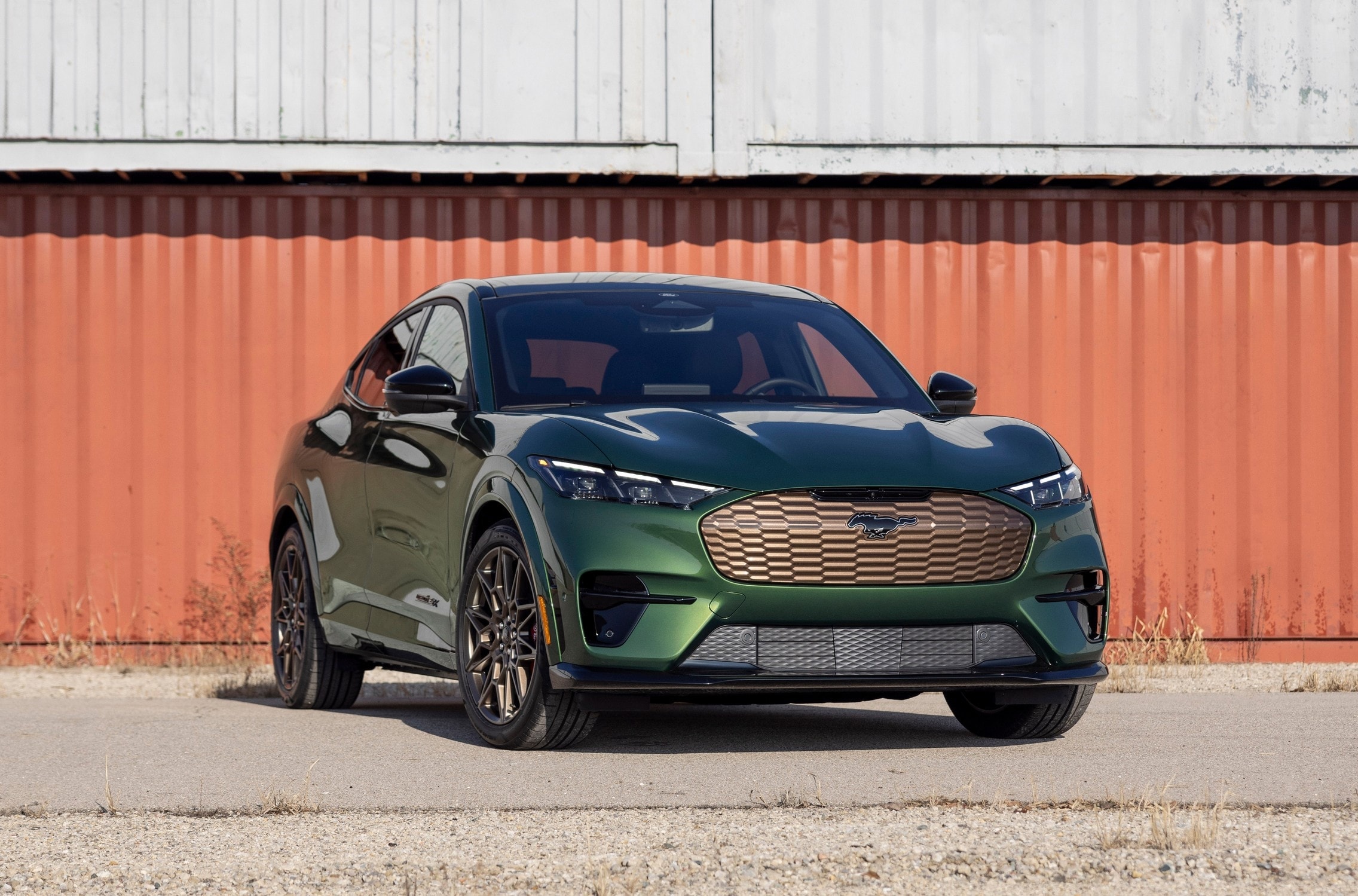The American EV market is witnessing a shift towards affordability, with a focus on smaller, more economical models, as opposed to the previously dominant large trucks and SUVs. This transition reflects changing consumer preferences, driven by factors such as supply chain stability and the decreasing concern over oil shortages.
As EV production capacity increases and prices become more competitive, Tesla experienced a decline in deliveries during the first quarter of the year, indicating a shift in the environment. Ford, for instance, has responded by adjusting production and pricing, with the 2024 Mustang Mach-E now starting at under $40k and reduced prices for the F-150 Lightning.

The competition in the electric pickup truck segment is intensifying, with the upcoming Chevrolet Silverado EV RST poised to challenge rivals like the Tesla Cybertruck. Despite delays, Ford remains committed to its EV projects, including three-row SUVs and additional pickup trucks.
Digital car content creators, such as Vince Burlapp, envision a future where Ford expands its EV lineup with compact crossover SUVs and a pickup truck. These unofficial illustrations explore the potential for new EV models within an evolving automotive world.
Ford’s entry into the affordable EV market reflects broader industry shifts towards electrification and affordability, positioning it alongside established players like Tesla and emerging competitors in the EV segment.

